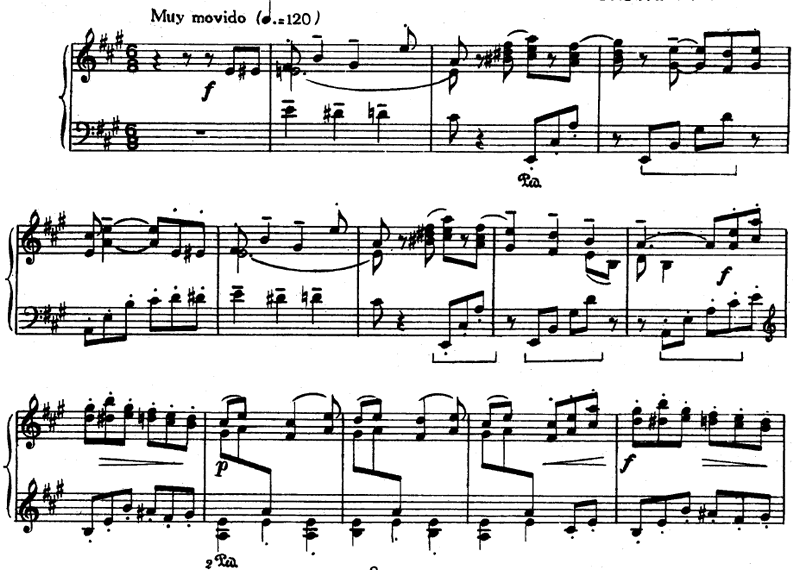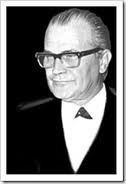1438 - 1535: The Inca Empire & Civilisation
1516: Juan Diaz de Solis became the first European to enter Argentina in search of gold. Many of the population of Argentina were killed by the diseases brought over by the Europeans
1580: Buenos Aires was established
1680: The Portuguese established a trading post across the Rio de la Plata from Buenos Aires
1776: Spain encompasses all of its territories in south-east South America to create one large colony called the Viceroyalty of the Rio de la Plata
1810: Overthrow of the king of Spain by Napoleon
1812: Jose de San Martin led the Argentinean fight against Spain for Independence
1816: 9 July - Argentina officially declared their independence from Spain
1853: Argentina became a republic after adopting a constitution
1859: Buenos Aires refused to become part of the country of Argentina and set up their own independent state but the plan was defeated by General Bartolome Mitre
1943: Juan Peron rises to power
1945: October 22 - Juan Peron marries Eva Marie Duarte ( Evita )
1947: Juan Peron elected President and Evita assumes the role of First Lady of Argentina
1952: July 26: Evita dies of cancer
1955: The army and navy rebel and Juan Peron flees the country
1956: The Constitution of 1853 was restored
1960: Peron marries Isabel Martinez
1973: Juan Peron elected President of Argentina
1974: Peron dies. His wife, Isabel, who had been vice president became the president
1976: March 24 - Isabel Peron was deposed by a military coup and exiled
1982: April - The Falklands War started with the United Kingdom
1982: 14 June - Argentina surrendered and General Galtieri was removed from office
"History Timeline of Argentina." Http://www.datesandevents.org/. Web. 01 July 2013.





















